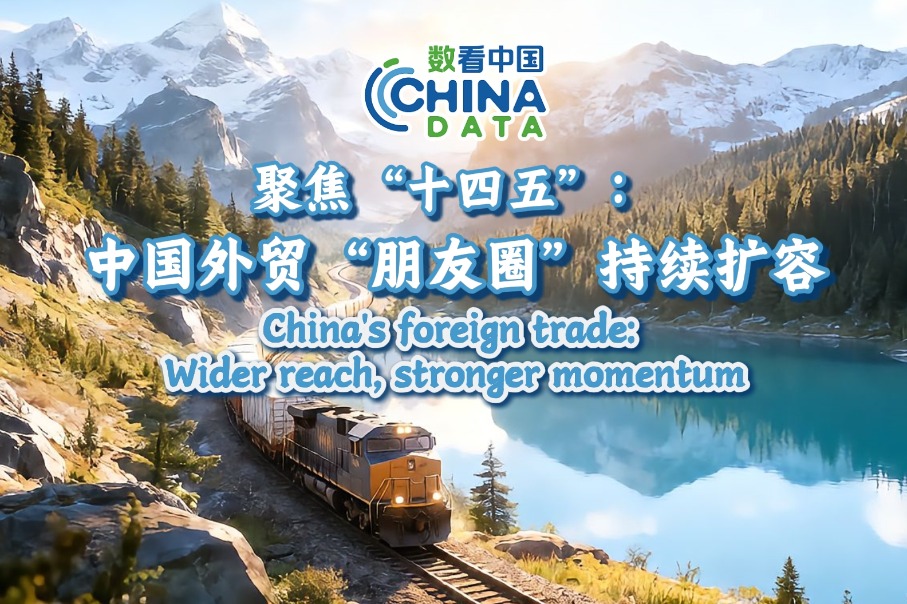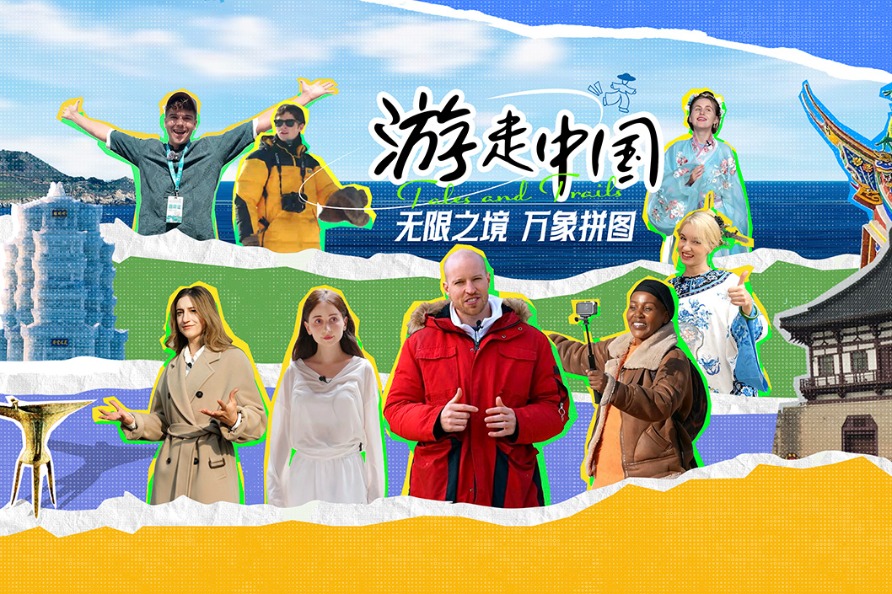Belt and Road welcomed as global public good
By LI YANG | CHINA DAILY | Updated: 2023-05-12 06:58

The Association of Southeast Asian Nations concluded its three-day summit in Indonesia on Thursday. In light of this, CNBC reviewed the fast expansion of the railway network in Southeast Asia in a report published on Tuesday. It said the network built with China's support is putting China at the center of the regional trade system.
It should be pointed out that although the railway network in Southeast Asia is built under the framework of the Belt and Road Initiative and connected with the railway network in China, it has not put China at the center of the regional trade system. In fact the regional trade system is largely dependent on sea transportation.
Like many other US media outlets, CNBC hints in its report that China is exploiting ASEAN by taking advantage of these railways in bilateral trade, and that China's trade with ASEAN hurts the United States' interests in the region.
Neither claim is true.
That China is the largest trade partner with ASEAN is primarily decided by the complementarity between their economies and development phases, as well as their shared commitment to promoting common development by tapping into that through free trade.
China's exports to ASEAN — mainly electrical machinery, plastics, steel, fossil fuels, furniture, vehicles, organic chemicals and knitting products — are what the ASEAN members need. China's exports are cost-effective supply to demand.
ASEAN's exports to China — mainly agricultural produces and raw industrial materials — are what China needs. They are not what the US needs, as the country is one of the largest exporters of agricultural produce itself, and has already moved beyond the industrial development stage that needs the raw materials the ASEAN countries export.
In other words, China's trade with ASEAN is one between two players on the lower rungs of the global value chain. It does not touch the US' trade cheese.
The US media outlets should learn to see the Belt and Road Initiative, which involves more than 120 countries, regions and international organizations, for what it is — a global public good. No matter how many geopolitical tools Washington has devised to counter it, that does not change the nature of the initiative as an open platform promoting common development of the world.
























